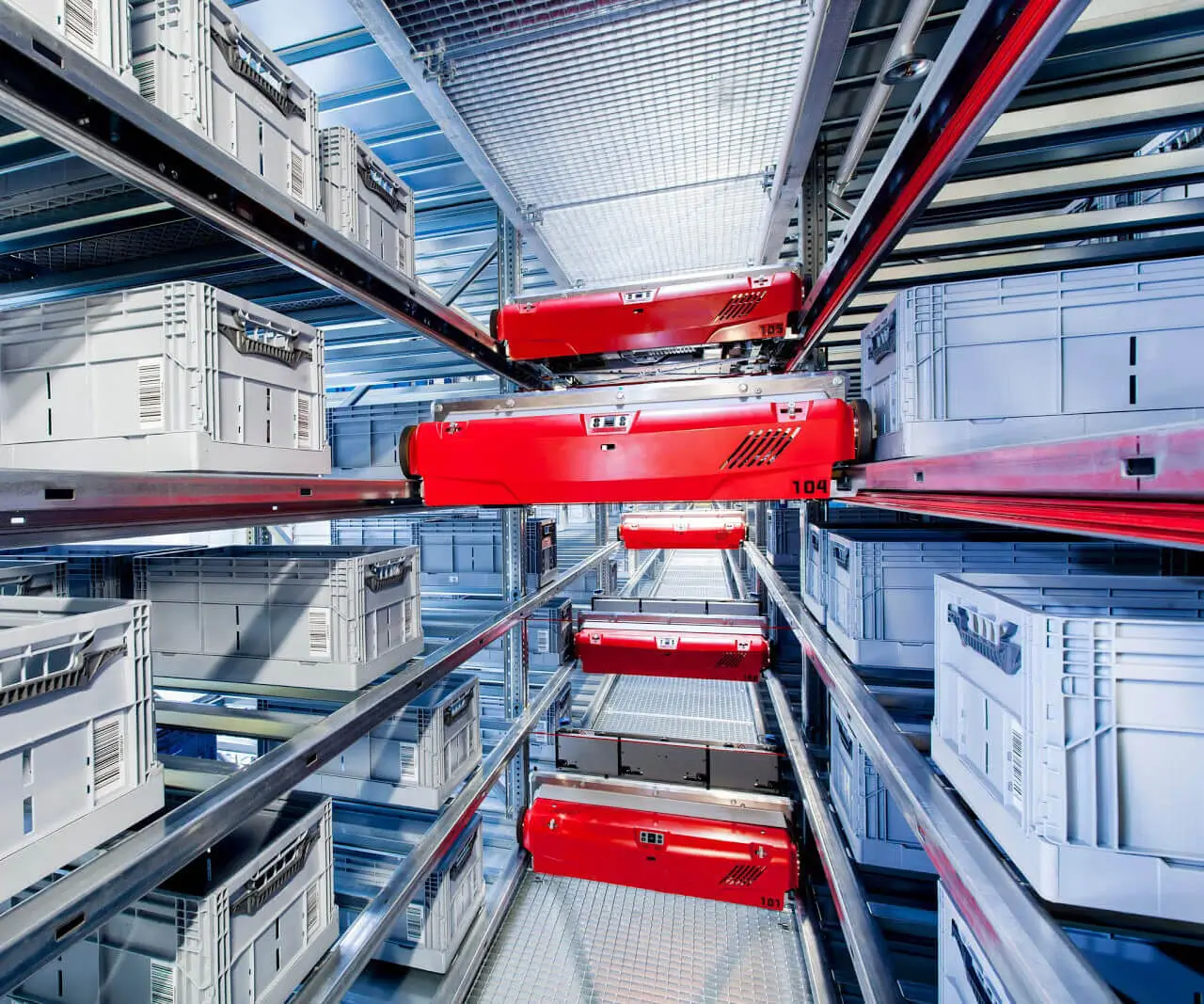Revolutionizing Industry with Air Powered Gear Motors: The Future of Sustainable Power
In an era where sustainability and efficiency constantly redefine industrial innovation, one technology is quietly gaining momentum—air powered gear motors. These devices harness the power of compressed air to drive gears, providing a clean, energy-efficient alternative to traditional electric or hydraulic motors. As industries everywhere look to decrease their carbon footprint without sacrificing performance, air powered gear motors emerge as a compelling solution that encapsulates the spirit of modern engineering.

The Rise of Pneumatic Technology Pneumatics, the technology of using compressed air to generate mechanical motion, isn’t new. Its roots can be traced back to ancient times, with early uses in simple tools and mechanisms. However, the 20th century saw a massive leap forward, as pneumatic systems became integral to manufacturing, automation, and transportation. The reason? Air is abundant, easy to compress, and—most importantly—clean. No toxic lubricants, no hazardous fluids, just the pure power of air.
In recent years, the focus has shifted towards optimizing the components involved in pneumatic systems, leading to the emergence of specialized devices like air powered gear motors. These gear motors combine the simplicity and safety of pneumatics with the precision and power of gear train mechanisms, offering a versatile solution for countless applications.
What Are Air Powered Gear Motors? At their core, air powered gear motors are compact devices that convert the energy contained in compressed air into rotational motion through a gear mechanism. They are designed for situations where higher torque is needed, or precise control over movement is essential. Unlike linear pneumatic actuators, these gear motors provide rotary motion, making them ideal for machinery that requires continuous or intermittent spinning.
These motors are usually made with lightweight materials such as aluminum or reinforced plastics, making them easy to install and maintain. Their design often includes features that prevent air leaks, minimize noise, and offer reliable performance over long periods.
Advantages Over Traditional Motors While electric motors dominate many sectors, air powered gear motors offer several unique benefits that can surpass their counterparts in specific contexts:
Eco-Friendly Operation: Since they operate solely on compressed air, there's no need for electricity, reducing energy consumption especially in distributed or remote locations.
Safety: Without electrical components exposed to harsh environments or risk of sparks, pneumatic gear motors are inherently safer, especially in explosive atmospheres such as chemical plants or mine sites.
Simplicity and Durability: Fewer moving parts and the absence of electrical contacts mean less maintenance and longer service life. They are resistant to dust, moisture, and chemicals.
Cost-Effectiveness: The upfront costs can be lower, especially when considering installation and maintenance expenses over time. They’re also compatible with existing compressed air infrastructure.
Instant Startup & Variable Speed: Pneumatic systems can start instantly and adjust speeds smoothly, making them suitable for applications requiring quick responses.
Lightweight & Compact: Essential in robotics, automation, or portable equipment where weight is a concern.
Practical Applications in Industry Air powered gear motors are increasingly found in numerous sectors, transforming workflows and enabling innovative automation solutions:
Manufacturing & Assembly Lines: Their rapid, precise movements make them ideal for handling delicate components or performing repetitive tasks with high repeatability.
Robotics & Automation: Lightweight, compact, and safe for sensitive environments – perfect for mobile robots, pick-and-place machines, and collaborative robots.
Food & Beverage Processing: Their cleanliness and ease of maintenance make them suitable for hygienic environments.
Pharmaceuticals: Precise control and sanitary operation support the stringent standards required in pharmaceutical production.
Mining & Construction: Explosion-proof design characteristics allow for safe operation in hazardous areas.
Packaging & Material Handling: Rapid startup and stopping times improve throughput in packaging lines, while durability ensures longevity in rugged environments.
Challenges and Considerations Despite their many advantages, pneumatic gear motors do have limitations. They typically deliver less torque at higher speeds compared to electric motors, and their efficiency can be affected by the quality of the compressed air supply. Additionally, the need for an infrastructure of compressors and regulators introduces initial setup considerations.
However, ongoing innovations are addressing these challenges—high-efficiency turbines, better sealing techniques, and smarter control systems are making air powered gear motors more reliable, efficient, and adaptable than ever before.
The Future of Air Powered Gear Motors As industries seek sustainable, safe, and cost-effective solutions, the role of compressed air-driven machinery continues to grow. Advancements in materials, control technology, and integration with digital automation will further enhance their capabilities.
Imagine factories where pneumatic gear motors operate seamlessly alongside IoT-enabled sensors providing real-time performance data, or portable equipment that can be deployed in remote locations without the need for electrical connections. The eco-friendly footprint, combined with operational versatility, positions air powered gear motors not just as an alternative but as a preferred choice in many scenarios.
In the second part, we will explore the technological innovations driving air powered gear motors forward, delve into specific industry case studies, and examine how this technology is shaping a more sustainable future across diverse sectors.
Established in 2005, Kpower has been dedicated to a professional compact motion unit manufacturer, headquartered in Dongguan, Guangdong Province, China.




































